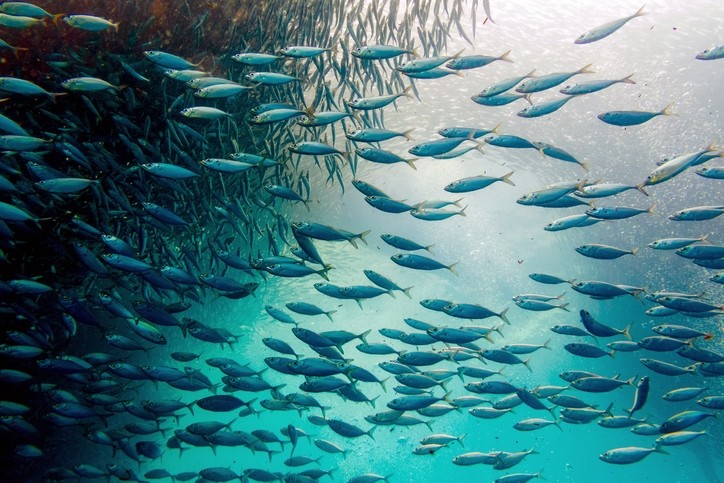Global fisheries management is working, study asserts

The paper, titled Effective fisheries management instrumental in improving fish stock status was published this week in the journal PNAS, or the Proceedings of the National Academies of Sciences of the United States.
The lead author is longtime fisheries researcher Ray Hilborn, PhD, of the University of Washington. Hilborn has for a number of years acted as a contrarian voice to the common perception that oceanic ecosystems are in a state of collapse and that prevailing management strategies are failing.
Where management has been applied, it has helped rebuild stocks
Hilborn said that while there are still grave concerns in some areas where fisheries are not being carefully governed, in those areas where modern management techniques are being rigidly applied and enforced, the outlook is positive.
"There is a narrative that fish stocks are declining around the world, that fisheries management is failing and we need new solutions — and it’s totally wrong," Hilborn said. "Fish stocks are not all declining around the world. They are increasing in many places, and we already know how to solve problems through effective fisheries management."
The paper acknowledges past high profile failure of fisheries that have helped form the basis of the common perception that fish stocks are disappearing. Among these are the sharp decline in anchovy stocks off the coast of Peru in the 1970s, and the collapse of the cod fishery in the Northwest Atlantic Ocean in the 1990s. Another earlier episode was the collapse of the herring fishery in the western Atlantic in the 1960s.
The paper notes that the response to these crises was to strengthen the legal basis for fisheries management in many countries. The application of these new scientifically based management techniques has varied by region, with some areas of the world’s oceans still essentially a free for all.
More data available on which to base judgements
An an earlier paper in 2009 in the journal Science written by a group that included Hilborn, Boris Worm PhD of Dalhousie University in Halifax, NS and others, made a similar case to this most recent paper. The current PNAS paper notes that a key criticism of the earlier paper is that it relied heavily on information from a database called the RAM Legacy Stock Assessment. At the time of the earlier paper, it included data mostly from North America, Europe, South Africa, Australia, and New Zealand, and the 166 stocks included in the database represented only 20% of the best-studied marine fish catch.
Now, however, the RAM database includes information from fisheries representing 49% of officially reported landings. Using the new data, the authors found that in the managed fisheries, fishing pressure increased and abundance declined until about 1995, when the trend reversed.
The majority of intensively managed fisheries are at or above a target level referred to as Maximum Sustainable Yield (MSY). About 20% of the managed fisheries on a landings basis still are being over harvested, the report said.
The primary marine source of omega-3s, the Peruvian/Chilean anchovy fishery, continues to be counted as one of the world’s most carefully managed fisheries with a good outlook for future abundance. The same could be said for another source, the Alaskan pollock fishery.
The picture for another major source—the deepwater tuna fishery—is less clear, the paper said. A number of the countries engaged in this trade are still outside the fisheries management system.
Conclusion: Management works
The bottom line, the authors said, is that fisheries management works. The trick now is to extend it to all regions of the globe. Another challenge will be to how best to manage fishing pressure in regions where fisherman target many available species. Most management schemes up to this point have applied to single species fisheries.
“We have shown that in regions where fisheries are intensively managed, stock abundance is generally improving or remaining near fisheries management target levels, and the common narrative that fish stocks are declining worldwide will depend on the spatial and temporal window of the assessment. The critical question is what methods will best help improve the status of stocks in places where stocks are currently in poor condition. To do this, we need to understand what methods of management have worked in what social, economic, political, and biological contexts; understand why some stocks have improved much faster than others after a reduction in fishing pressure; and learn how to identify and implement the most appropriate forms of fisheries assessment, management, and enforcement in countries and regions where they are currently limited,” the authors said.
Source: PNAS
January 13, 2020 https://doi.org/10.1073/pnas.1909726116
Effective fisheries management instrumental in improving fish stock status
Authors: Hilborn R, et al.








